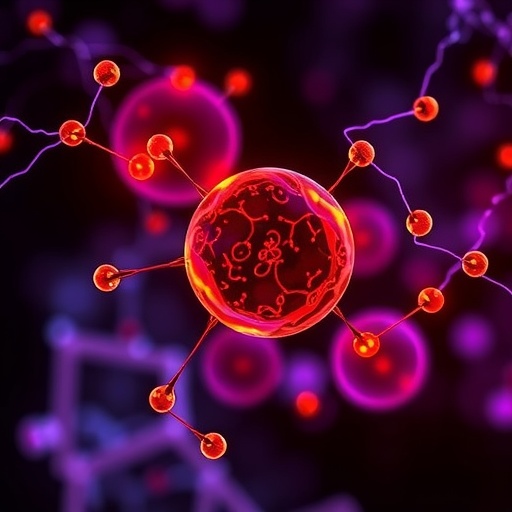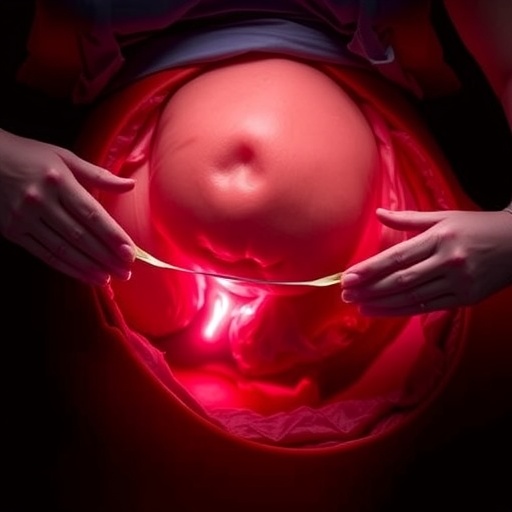New research from The University of Texas at Dallas supports the growing consensus that pain begins differently for men and women at the cellular level. Dr. Ted Price, Dr. Salim Megat and their colleagues in the Pain Neurobiology Research Group recently found that a specific manipulation of receptors in the nervous system for the neurotransmitter dopamine impairs chronic pain in male mice, but has no effect on females.
Price, an associate professor of neuroscience in the School of Behavioral and Brain Sciences, said that the new findings add to the growing chorus of recent research indicating strong differences in pain's origins in males and females. The results were published in the Journal of Neuroscience.
"For the same magnitude of pain in a male and a female, the mechanisms that drive pain seem to be remarkably separate," Price said. "We've made a cellular change that completely reverses the genesis of the chronic pain in only the male. What we're learning is that different types of cells drive the development of pain."
The experiment focused on a newly discovered pain mechanism related to D5 dopamine receptors — one of five identified classes of receptors for the neurotransmitter. Mice genetically engineered to lack these D5 receptors showed significantly reduced pain responses — but only the males.
"It's extraordinarily specific for males," Price said. "If we see the same results in human tissues, it will support the idea that you could make a D5 antagonist drug to treat pain in men."
Discovering Differences Once Overlooked
Price said that the discovery was set in motion by a dictate from the National Institutes of Health (NIH) four years ago. Previously, many preclinical experiments used only male animals due to their relative simplicity — lacking an estrus cycle for reproduction that modulates hormone levels. When the NIH indicated that it would require research to include both males and females, it cleared the way for these dimorphisms — differences between the sexes — to be discovered.
"We've been overlooking a key variable for a long time, and I'm as guilty as everyone else," Price said. "Professionally, we saw no reason to do it until 2014. But we're discovering that the NIH's decision was the right thing. Everyone I know doing these studies is finding new and interesting mechanisms that we've simply overlooked."
Price added that this new research philosophy explains some of the inability to reproduce results in prior, single-sex studies.
"Those running clinical trials for the last five years have been frustrated because the preclinical results don't come through in the clinical studies," Price said. "The cause of this problem, potentially, is that up until recently, many of the preclinical investigators were just using males. Then, in the clinical trials, human participants are primarily female, because more women suffer chronic pain than men."
Devising New Ways to Treat Pain
The accelerating movement of research demonstrating profound differences between males and females may soon yield a new model for pain relief medication, Price said.
"It leads me to believe that it's fairly likely we'll want to make male- and female-specific drugs for chronic pain," Price said. "If not that, we may need to develop diagnostics to look at an individual's cell types that are prolonging pain, so we can tailor the therapeutic based on the underlying mechanism. We just don't do that right now."
Price admits that, in one respect, his own research findings frustrate him, due to which sex they favor.
"Discovering D5 receptors as a pain relief target upsets me in a way. Most chronic pain patients are women, not men, so I would prefer to develop something that was certain to work in females," he said.
He's hoping that adding his research to the mounting evidence of sex dimorphism can help bring change in how pain alleviation is viewed — and eventual relief to chronic pain sufferers regardless of their sex.
"The D5 mechanism discovery is not so important in and of itself," he said. "What's really important is that it's another very clear indication that there are extraordinarily strong mechanistic sex differences in how pain becomes chronic. When you take what everybody has done in the field, that theme is really something that we have to pay very close attention to, and I feel like it's going to lead to the breakthrough we all really want."
###
The study was funded by the NIH. Other UT Dallas researchers who contributed to this project were associate professor Dr. Greg Dussor, postdoctoral researcher Dr. Paulino Barragán-Iglesias, graduate students Stephanie Shiers and Jamie Moy and research assistant Grishma Pradhan.
Media Contact
Stephen Fontenot
[email protected]
972-883-4405
@ut_dallas
http://www.utdallas.edu/news/2018/3/5-32861_Study-Pains-Origins-May-Be-Significantly-Different_story-wide.html?WT.mc_id=NewsHomePageCenterColumn
Related Journal Article
http://dx.doi.org/10.1523/JNEUROSCI.2110-17.2017




